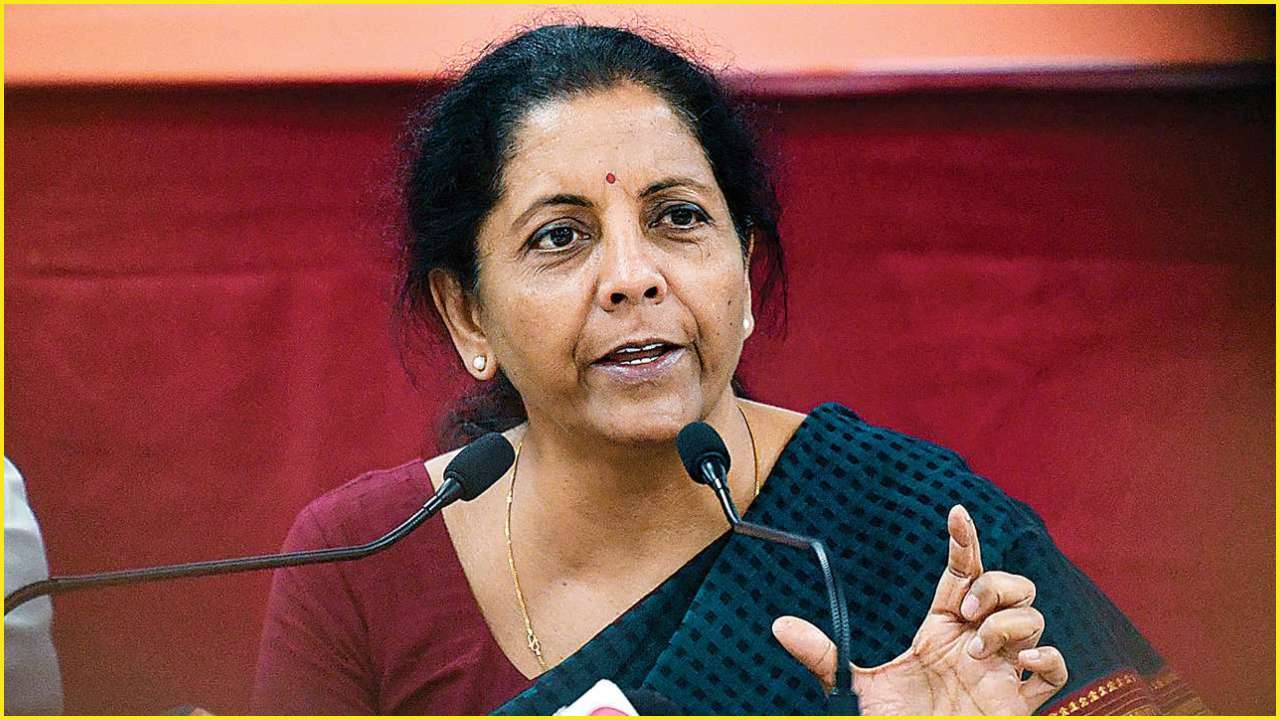The Finance Minister will present one of the most critical budgets post-liberalization.
Come 1 February, the Finance Minister will present one of the most critical budgets post-liberalization. This comes against a backdrop of a once-in-a-century event that caused worldwide shrinkage of output, estimated at 3.5% by the IMF. In comparison, this shrinkage was 0.1% during the Global Financial Crisis.
The impact on the Indian economy is expected to be greater with a contraction of 8% estimated by the IMF. Through their proactive actions, the Government and RBI have been able to tide over the critical period of the pandemic, preventing a prolonged recession. However, the economy has witnessed an enhanced fiscal deficit, estimated at 11.8% for the general Government with an estimated debt to GDP ratio of 85%. The nature of this tragedy has both reduced revenues as well as increased expenditures. This, coupled with medium level sticky inflation that RBI has alluded to, limits the elbow room for any more large-scale fiscal interventions or even undertaking huge contingent liabilities as they will impact the prevailing interest rates.
The choices are few and hard. This crisis has offered opportunities as well, of which a few have been seized during the current financial year in the form of bold reforms undertaken by Prime Minister Modi in agriculture, labour and defence.
A start could be made with the structure of the budget itself. A sense of tokenism pervades in every Union Budget to increase allocation. This would require dropping a host of schemes that have lost relevance and carry forward the reforms agenda to strengthen the minimum government -maximum governance idea championed by our Prime Minister.
On the tax side, after having carried out a slew of reforms, the need is to offer the global investing community a sense of stability in the tax structure. However, the march towards efficiency through the use of technology needs to continue.
The real juice lies in the monetization of infrastructure assets at a large scale and the continued push for the disinvestment. While the budget will need to look at supporting all sectors, there are few key opportunities which require specific attention.
Already there is a talk of a “Big Push” for infrastructure. National Infrastructure Pipeline (NIP) provides a useful template. More than investment, the projects call for sustained supervision and micro-level difficulty removal. Prime Minister’s “Pragati” offers a good model. Big-ticket infrastructure development creates a need as well as becomes raison d’etre for reforms. Here, agri-logistics, electricity, natural gas and transportation sectors are candidate sectors. These offer continuation of the reform already started last year. That will open investment flow and also bring in newer players and better technologies.
The agriculture sector, which generates almost 42% of employment was the least impacted by Covid-19. The reforms undertaken to improve market access and farmer capabilities such as creating new FPOs, Pradhan Mantri Fasal Bima Yojana, etc. are expected to help agriculture be a growth driver again.
This budget, the focus should be on improving the price discovery mechanism by strengthening commodity exchanges and improving agricultural supply chains by developing warehouse infrastructure and creating e-markets. Rural development schemes would perhaps need a reorientation towards infrastructure for agriculture on a scale.
The industry has got a great fillip through “Atmanirbhar Bharat” and the Production-Linked Incentive (PLI) scheme. With a benign tax structure in place, the industry needs to pull up its socks through higher productivity. The budget would also need to set up a framework to promote competition and avoid creating oligopolies, especially in sectors critical for our growth. Housing & construction is one sector that perhaps requires special mention as it has massive potential for the creation of employment. Changing consumer preferences open opportunities for “Rental Housing”.
The budget could look at developing policies which can help companies, especially start-ups, leverage the current digital infrastructure. This will help them develop new innovative business models, especially targeting rural India while providing essential services.
The budget would also need to kick start private sector investments by further improving access to credit that would be a critical element to accelerate growth and enhance financial stability.
However, NPAs of scheduled commercial banks is expected to rise to 13.5 per cent by September 2021 (RBI report). Time has come for banks to look at the capital market to raise capital and those unable to do so, need to be either privatized or merged with stronger banks.
The thrust of Bond market development needs to continue as it would be imperative to raise investment and protect the banks. This could include developing CD swaps, credit enhancement, and open corporate bonds for non-resident investors. For banks and bond market reforms, Union Government and financial regulators will have to tango.
In the health sector, we will have to focus on developing capacities to counter epidemics. Needless, to say that Covid-19 related measures and vaccination rollout would be the topmost priority.
The Indian government’s reforms are generally oriented towards markets that tend to reduce arbitrariness. Despite the paucity of fiscal space, it is time to be steadfast and take them forward. Therein lie the destiny of the Indian economy, as it strives to grow to USD 5 trillion and beyond.
Atanu Chakraborty is Former Economic Affairs Secretary, and Shravan Shetty is Managing Director (Financial services) at Primus Partners.

